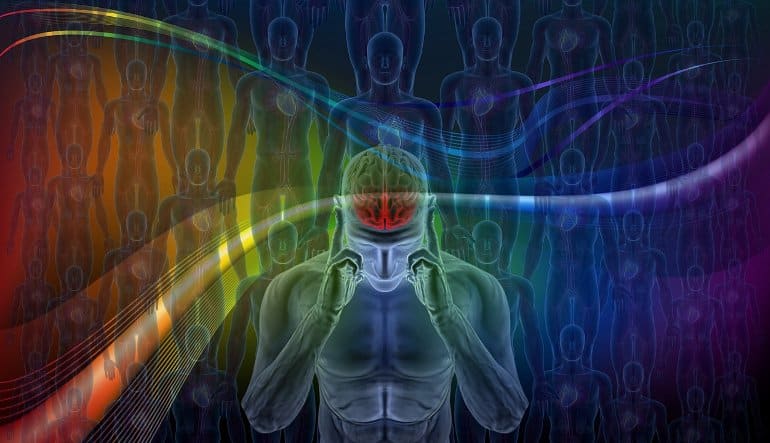Summary: NG2-glia, a newly discovered type of brain cell that can renew itself is regulated by circadian rhythms. The findings shed new light on how the body’s circadian clock can promote healing following a traumatic brain injury.
Source: Children’s National Hospital
A type of brain cell that can renew itself is regulated by circadian rhythms, providing significant insights into how the body’s internal clock may promote healing after traumatic brain injuries (TBI), according to new research from Children’s National Hospital.
Released in the latest issue of eNeuro, the findings open new avenues of investigation for future TBI therapies. These injuries are currently managed only with supportive care and rehabilitation, rather than targeted drug treatment options.
The findings also underscore the importance of addressing circadian disturbances to help injured brains heal.
Many of the body’s cells follow a 24-hour rhythm driven by their genes known as the circadian clock. The Children’s National research team found that a relatively newly discovered type of brain cell – known as NG2-glia, or oligodendrocyte precursor cells – also follow a circadian rhythm. This cell type is one of the few that continually self-renews throughout adulthood and is notably proliferative in the first week after brain injuries.
“We have found evidence for the role of this well-known molecular pathway – the molecular circadian clock – in regulating the ability for these NG2-glia to proliferate, both at rest and after injury,” said Terry Dean, M.D., Ph.D., critical care specialist at Children’s National and the lead author of the paper.
“This will serve as a starting point to further investigate the pathways to controlling cellular regeneration and optimize recovery after injury.”
Sometimes called “the silent epidemic,” TBI afflicts an estimated 69 million people worldwide each year, with injuries ranging from mild concussions to severe injuries that cause mortality or lifelong disability.

In the United States alone, approximately 2.8 million people sustain TBI annually, including 630,000 children. TBI is the leading cause of death in people under age 45, and those who survive are often left with persistent physical, cognitive and psychological disabilities.
Yet no targeted therapies exist for TBI, creating a critical need to uncover the mechanisms that could unlock the regeneration of these NG2-glia cells, which are the most common type of brain cell known to proliferate and self-renew in adult brains.
“It is essential for researchers to know that cell renewal is coordinated with the time of day,” said Vittorio Gallo, Ph.D., interim chief academic officer and interim director of the Children’s National Research Institute. “With this knowledge, we can dig deeper into the body’s genetic healing process to understand how cells regulate and regenerate themselves.”
About this TBI research news
Author: Katie Shrader
Source: Children’s National Hospital
Contact: Katie Shrader – Children’s National Hospital
Image: The image is in the public domain
Original Research: Closed access.
“Endogenous circadian clock machinery in cortical NG2-glia regulates cellular proliferation” by Terry Dean et al. eNeuro
Abstract
Endogenous circadian clock machinery in cortical NG2-glia regulates cellular proliferation
The molecular circadian clock can be found throughout the body and is essential for the synchronizing cellular physiology with the 24-hour day. However, the role of the clock in regulating the brain’s regenerative potential has not been explored.
We report here that murine NG2-glia, the largest population of proliferative cells in the mature central nervous system, rhythmically express circadian clock genes in a 24-hour period, including the critical clock component Bmal1 RNA and BMAL1 protein.
Interestingly, daily NG2-glia proliferation preferentially occurs during the time of day in which Bmal1 expression is high, while conditional knockout (CKO) of Bmal1 decreases both cortical NG2-glia density and cellular proliferation.
Furthermore, in a neurotrauma model, we show that pathology-induced NG2-glia proliferation is also dependent on Bmal1 expression.
Because circadian rhythm disturbances are common in neurologic disorders across the lifespan, including in TBI, these findings bear significant implications for cellular regeneration in brain injuries and disease.







